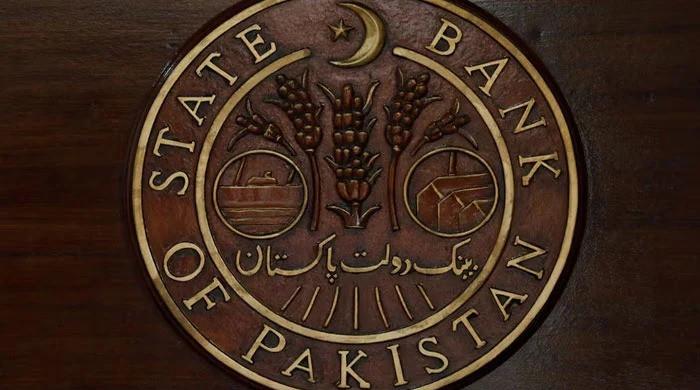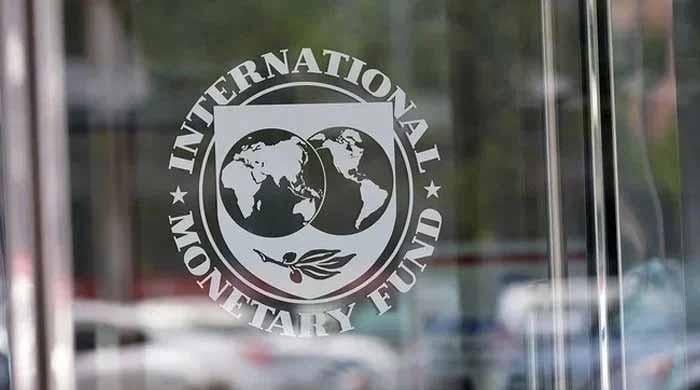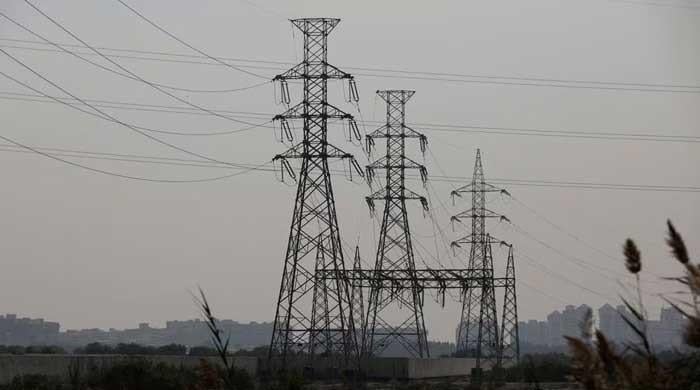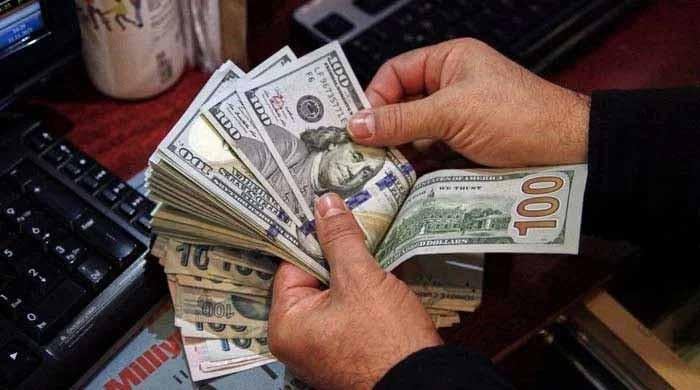Why is the dollar rising against the rupee? Miftah Ismail lists 4 reasons
Highlights delay in IMF talks, largest trade deficit, money supply and inflation as major reasons behind currency's over-valuation
November 17, 2021
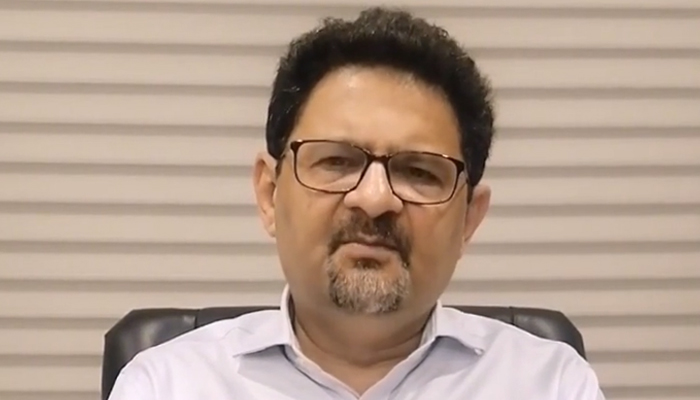
- Highlights delay in IMF talks, largest trade deficit, money supply and inflation as major reasons behind currency's over-valuation.
- Overall, political uncertainty also plays a role in rupee-dollar parity.
- "Because of lack of direction, trade deficit and current account deficit, the currency is slowly and gradually losing value," Ismail says.
Amid a significant fluctuation in rupee-dollar parity since the last few months, there have been questions as to why is the local currency is losing its value against the greenback with Bloomberg terming the rupee as the "worst" performing currency during the last six months.
Former finance minister Mifah Ismail on Wednesday shared his views on the local currency's depreciation in a video message shared on his Twitter handle, where he cited four major reasons, which according to him are the main reasons for the "recent precipitous decline in the value of the rupee".
'Uncertainty about renewal of the IMF programme'
The first reason cited by Ismail behind the rupee losing its value is delayed negotiations with the International Monetary Fund (IMF).
Ismail said he believed delayed talks have led to uncertainty in the market.
"Our programme was 'revived' earlier this year and we were supposed to get a $1 billion tranche in July. We are now in November and still there isn’t an agreement. This is giving markets jitters," he said.
'Largest trade deficit and fastest growing imports in history'
The second reason, according to him, is that imports have increased by a substantial amount.
The former finance minister said imports during the current fiscal year's first four months have gone up 65%, as compared to the same time during the previous fiscal year — which clocked in at $25 billion.
"If imports grow at the same rate, they will reach $75 billion by the end of the fiscal year," he predicted.
In light of the situation, if remittances reach $30 billion and the exports hit $28 billion, then the trade deficit will stand at a "historic" $47 billion, he said.
"The imports, in terms of Pakistan's revenue and their absolute amount, will be historic."
The former finance minister said that despite good remittances, the current account deficit still stands at $15 billion — and due to the amount rising every month, uncertainty remains in the market.
Ismail said wheat and sugar, "which were exported during PML-N's tenure", are now being imported.
Between July-October of FY22, mobile phone imports stood at $650 million, airplanes and luxury boats $300 million, pulses $250 million, and nearly the same worth of cooking oil was imported
"So, the import of essential and luxury items has gone up — leading to an increase in the current account deficit.
"The increased net demand of dollars from foreign trade is thus putting pressure on the Pakistani rupee. Until we slow down imports or increase exports, the rupee will continue to be under pressure," he maintained.
'Fourth highest inflation rate among major countries'
Ismail cited inflation as the third major reason for the rupee's devaluation.
He said that the recent issue of the Economist showed that Pakistan has the fourth highest inflation among major countries and among these, two are not Pakistan's trading partners.
"When our inflation rate is higher compared to the countries we are trading with, then eventually our currency becomes over valued and hence, we see the a decline in the value of the currency.
"Given that our inflation is more than our trading partners', our export goods become more expensive and import goods become cheaper. This increases our real effective exchange rate and puts pressure on the rupee," he explained.
'Rapid increase in money supply'
The former minister said that the fourth major factor is the money supply, which has increased by 49%.
Elaborating further on this, he said that Dr Hafiz Pasha in his model estimated that a 1% increase in money forces a 0.6% rise in inflation.
"So if you increase 50% money supply, then eventually you expect a 30% increase in inflation," he said.
Ismail added that the central bank is also facing uncertainty. On the one hand it raises the Cash Reserve Requirement (CRR) by 1% for scheduled banks and on the other, it re-rolls $2 trillion in the open market operations to finance the government.
"So basically on the one hand it is pushing the money supply and on the other hand other it is raising the CRR. Hence, because of the confusion, the market has no direction.
"Because of this lack of direction, a trade deficit, and current account deficit, the currency is slowly and gradually losing value," he said.
The former minister said that overall political uncertainty also plays a role in this but the above mentioned four factors are the economic fundamentals due to which the rupee is losing its market value.





